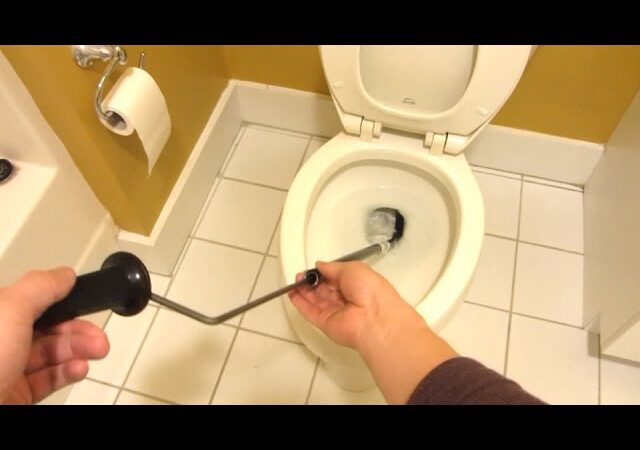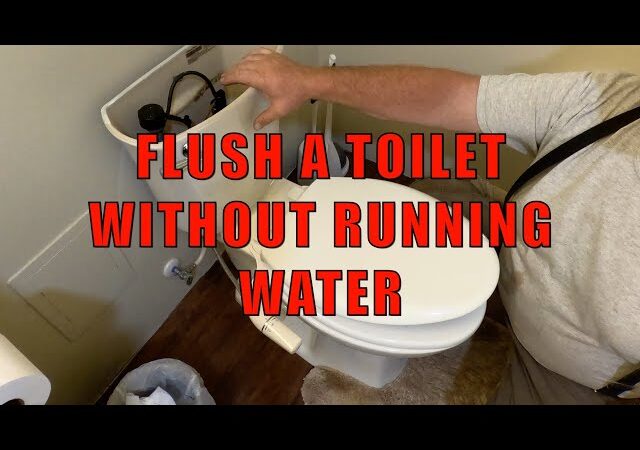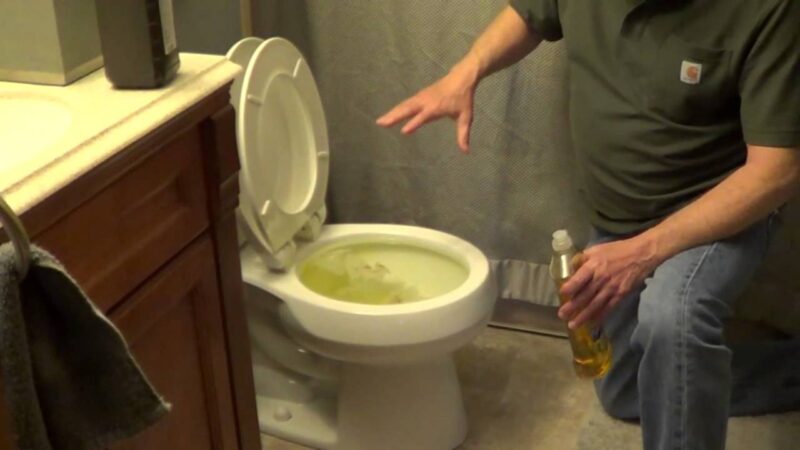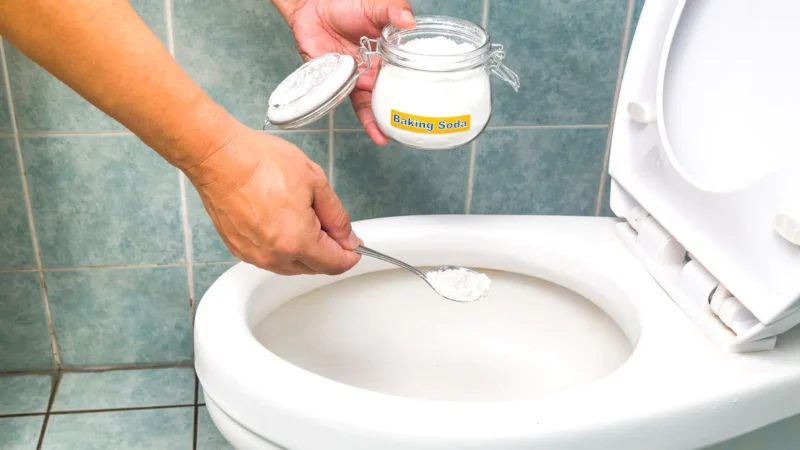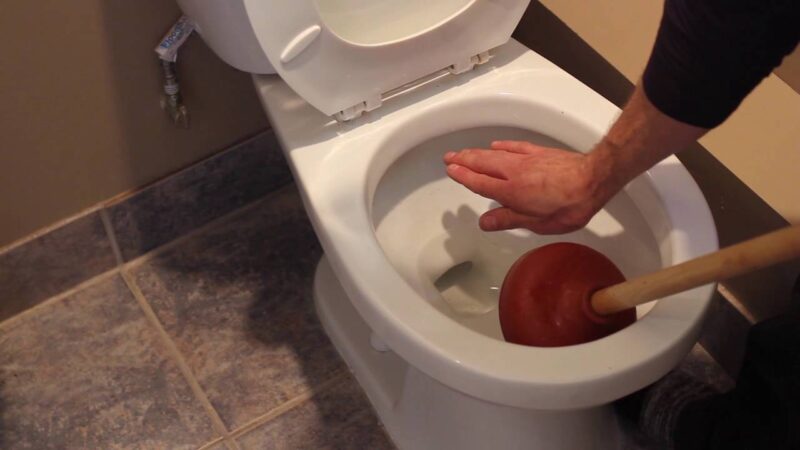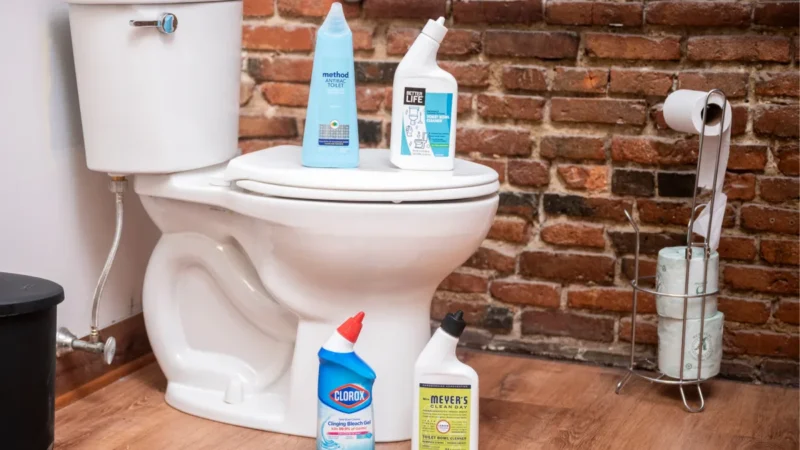How to Get Rid of Ants in Bathroom?
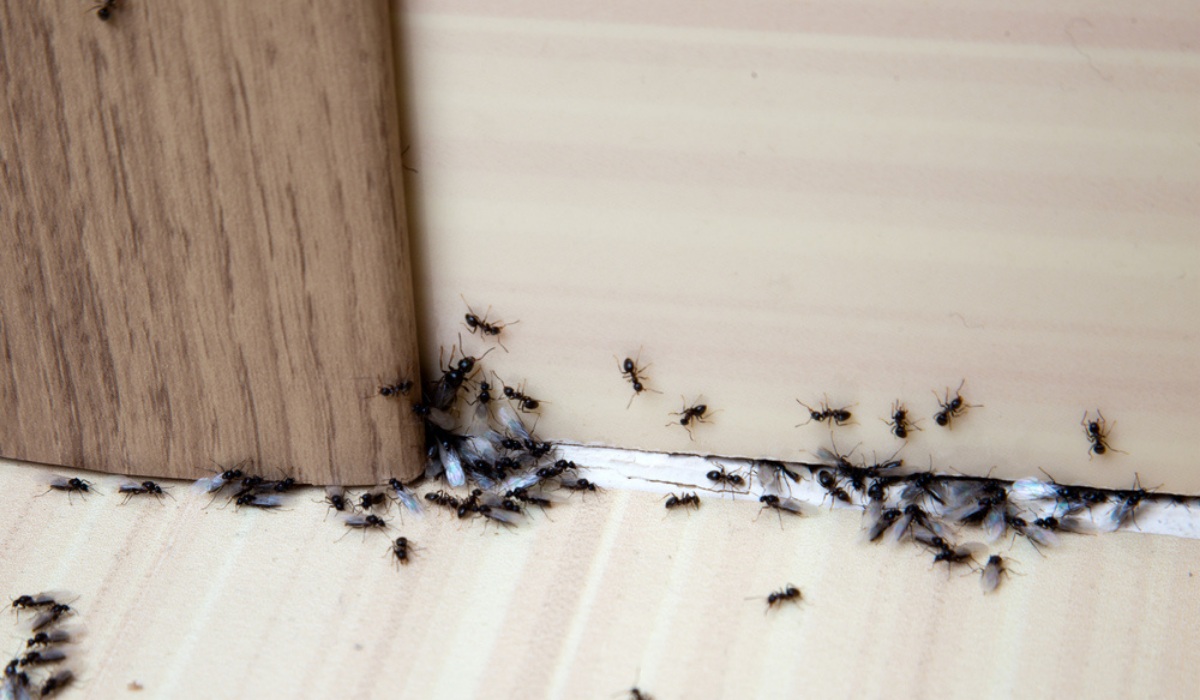
Seeing ants in your bathroom can be annoying. They sneak in through tiny cracks and can quickly become a problem. But don’t worry, you don’t need to call an exterminator just yet. In this article, we’ll talk about easy and safe ways to get rid of ants and keep them out of your bathroom.
Before tackling an ant problem, it’s helpful to understand what makes your bathroom so attractive to them. Knowing this can guide you in taking the right actions to eliminate them.
Why Are Ants in Your Bathroom?
The first step in tackling an ant infestation is understanding why your bathroom may be so appealing to them. Ants are drawn to certain conditions and resources that your bathroom might provide. Here are some common reasons:
What Attracts Ants?
- Dark, Damp Areas: Ants are attracted to dark, moist environments where they can easily find water. Bathrooms often provide the perfect conditions for them to build nests.
- Hair and Dead Skin Cells: Routine grooming in the bathroom leads to hair and skin flakes accumulating on surfaces, which ants can feed on.
- Accessible Food Sources: Bathrooms can have unexpected food sources, such as leftover toothpaste, soap residue, or crumbs around the sink area. These hidden food bits can attract ants.
- Fragrant Products: Ants are highly sensitive to smells and can be drawn to the scents of perfumes, soaps, and even dirty laundry, which are often found in bathrooms.
- Dirty and Neglected Areas: Things like damp bath mats, overflowing trash cans, or clogged drains can serve as ideal hiding spots and attract ants looking for shelter.
How to Effectively Get Rid of Ants in Your Bathroom
Clearing ants from your bathroom involves several key steps:
- Identifying the type of ants.
- Locating their entry points.
- Removing any food and water sources.
- Applying appropriate ant repellents.
Let’s Break down each step for a thorough approach.
Step 1: Identifying the Ant Species
Proper identification of the ant species is crucial to choosing the best way to eliminate them. In South Florida, you’re likely to encounter a few common types, with sugar ants being the most prevalent. However, keep in mind that simply identifying them may not always be enough, and professional help might be required.
Here’s a quick guide to some of the most common ant species you may find:
Type of Ant Description
- Ghost Ants Tiny has a dark head and pale bodies. Often found near kitchen sinks, countertops, and baseboards.
- Fire Ants Small, reddish-brown, and aggressive. They build mound-like nests and can sting if disturbed.
- Acrobat Ants are Known for holding their heart-shaped abdomen over their body. Emit a foul smell when threatened.
- Argentine Ants are Shiny and dark brown to black. Forage in wide trails and release a strong odour when crushed.
- There are two types of bigheaded ant workers: small ones with uniform bodies and large ones with oversized, heart-shaped heads.
- Pavement Ants are Small brown to black ants that enter homes in large numbers, often nesting in cracks or near foundations.
- Carpenter Ants Large, dark brown to black ants. Often mistaken for termites, they nest in moist, decaying wood.
Step 2: Locate Entry Points
Once you’ve identified the type of ants, the next step is to figure out where they’re entering your bathroom. Check for cracks in walls, gaps around windows, or loose tiles where ants might be sneaking in.
Step 3: Remove Food and Water Sources
To prevent ants from sticking around, eliminate anything that might attract them. Make sure to:
- Clean up hair and soap residue.
- Fix any leaky faucets or pipes to reduce moisture.
- Regularly take out bathroom trash and keep surfaces dry.
Step 4: Use Ant Repellents
You can use a combination of natural and chemical treatments to deter ants. Natural options include vinegar sprays or diatomaceous earth, while commercial ant baits and traps can also be effective for more persistent infestations. For severe cases, it might be best to consult a pest control expert.
Eliminating Ants: Removing Food and Water Sources
Ants are attracted to your bathroom mainly because it contains moisture and food remnants. Addressing these issues is key to resolving an infestation.
- Fix Water Leaks: Repair any leaky faucets and pipes promptly, as excess moisture provides a perfect environment for ants. Regularly inspect areas under sinks, around the base of the toilet, and in the shower for any signs of leaks or water accumulation. Tighten loose fittings to prevent puddles from forming.
- Clean Up Food Residues: Thoroughly wipe down surfaces to eliminate crumbs or food particles. Make sure sinks are clean and free of toothpaste or soap residues that may attract ants.
- Seal Fragrant Items: Store perfume, soap, and toothpaste in sealed containers to prevent any lingering scents from drawing ants. Wipe away spills promptly.
- Maintain Cleanliness: Mop floors frequently to remove spills, keep counters and cabinets crumb-free, and take out the trash regularly—especially if it contains sweet or sticky waste that could attract ants.
Using Natural and Chemical Ant Repellents
A combination of natural and chemical solutions can be highly effective in controlling ants in your bathroom.
Natural Ant Repellents
For a safer approach, try these household remedies to deter ants:
- Cinnamon: Sprinkle ground cinnamon near entry points to disrupt ant trails.
- Vinegar Spray: Mix equal parts water and white vinegar in a spray bottle. Spray it along ant paths to deter them.
- Essential Oils: Soak cotton balls in eucalyptus, peppermint, or tea tree oil and place them around the bathroom.
- Coffee Grounds: Scatter used coffee grounds in areas where you’ve seen ants; they dislike the smell.
- Diatomaceous Earth: Dust cracks and baseboards with food-grade diatomaceous earth to create a barrier that dehydrates ants.
These natural methods work by using strong scents and textures that ants avoid, creating an effective barrier to keep them away.
Chemical Ant Treatments
If natural methods don’t fully resolve the issue, chemical treatments can be more effective. However, it’s essential to handle these products carefully and follow the label’s instructions for safe use. Here are some commonly used chemical options:
Treatment Type And How to Use
- Borax and Sugar Bait: Mix 1 part borax with three parts sugar to create a bait that ants will carry back to their colony, eventually eliminating the nest.
- Boric Acid Sprinkle boric Acid in areas where ants are active, but keep it out of reach of pets and children.
- Ant Traps Place commercial ant traps with gel or granular baits in areas where ants are commonly seen to attract and kill them over time.
- Ant Killer Sprays: For immediate effect, use insecticide sprays directly on ants and their trails. These sprays kill on contact and can help disrupt pheromone trails.
- Ant Gel Baits: Apply gel baits in cracks, crevices, or entry points to target hidden colonies. The slow-acting poison allows ants to carry it back to their nests.
By strategically using these treatments, you can effectively get rid of ants in your bathroom and prevent further infestations.
Long-Term Ant Prevention and Maintenance
To keep your bathroom free from ants, it’s important to combine several strategies, such as sealing entry points, keeping the area clean, and considering preventive pest control measures.
Sealing and Repairs
- Caulk Inspections: Regularly check for cracks and gaps, especially around pipes, vents, and wiring. Use caulk to seal any openings that might allow ants to enter.
- Tile Repairs: Replace broken or loose tiles promptly to eliminate potential hiding spots that can attract ants.
- Drain Maintenance: Ensure proper drainage in sinks and showers to prevent standing water, which can attract ants. Regularly clean drains to prevent blockages.
Regular Cleaning Routines
- Frequent Vacuuming: Regularly vacuum bathroom floors to pick up crumbs, hair, or other debris that might attract ants.
- Surface Cleaning: Spray and wipe down surfaces with a cleaning solution to remove residues that might tempt ants.
- Use a Dehumidifier: If your bathroom tends to be humid, a dehumidifier can help reduce moisture levels, making it less appealing to ants.
Professional Pest Control
- Address Leaks: Professionals can help identify and fix hidden leaks that may be contributing to persistent ant issues.
- Fumigation: For severe infestations that are difficult to control, pest control experts may suggest fumigation to reach colonies hidden in hard-to-access areas.
- Regular Inspections: Schedule periodic inspections with a pest control service to detect and address any early signs of ant activity, preventing future infestations.
Recommendation
How To Remove Bathroom Sink Stoppers?
Why Does My Bathroom Smell Like Sewage?
Best Bathroom Cleaner For 2025
Best Bathroom Flooring Ideas for 2025
What is the Best Flooring for a Small Bathroom?
How to Decorate a Bathroom Shelve?
The Ultimate Guide to Keeping Your Glass Shower Doors Spotless
25+ Best Bathroom Door Ideas for an Elegant and Functional Space
How to Install Wallpaper in a Bathroom: A Comprehensive Guide
How To Replace A Shower Handle
Small Toilet Ideas – 50+ Best Toilet Designs
How to Install a Shower Drain?
Why Your Toilet Won’t Flush? Main Causes And Solutions
Conclusion
In conclusion, ants in your bathroom can be a nuisance, but you can manage them by understanding what attracts them, such as moisture and food sources. Keep your bathroom clean and dry, seal entry points, and use natural repellents like essential oils and diatomaceous earth. If needed, chemical treatments can help, too. Regular cleaning, fixing leaks, and sealing cracks will help prevent future infestations, keeping your bathroom ant-free.
FAQs
Q: How do I get rid of ants in my bathroom fast?
A: To keep insects at bay, try placing cotton balls soaked in eucalyptus, tea tree, or peppermint oil around your bathroom. You can also spread used coffee grounds in different spots to help prevent ants. Another option is to dust food-grade diatomaceous earth along the baseboards and in any cracks for extra protection.
Q: Why do ants come into my bathroom?
A: Ants like bathrooms because they’re warm, humid, and have lots of moisture. Leaky pipes, water-damaged wood, clogged drains, and water puddles left after a shower can all create the perfect environment for ants to thrive.
Q: How do I permanently get rid of ants?
A: To get rid of ants permanently and naturally, you can try using water-based mixtures with borax or diatomaceous earth or pour boiling water into ant holes. If these methods don’t work, contacting an exterminator for help and advice is a good idea.
Q: What scent do ants hate?
A: You can use common household items like citrus fruits, black pepper, peppermint oil, cayenne, thyme, and lavender to make natural ant repellents. These are a good alternative to pesticides or regular ant traps. Just mix some of these ingredients with water in a spray bottle and spray the solution around your home to keep ants away.

